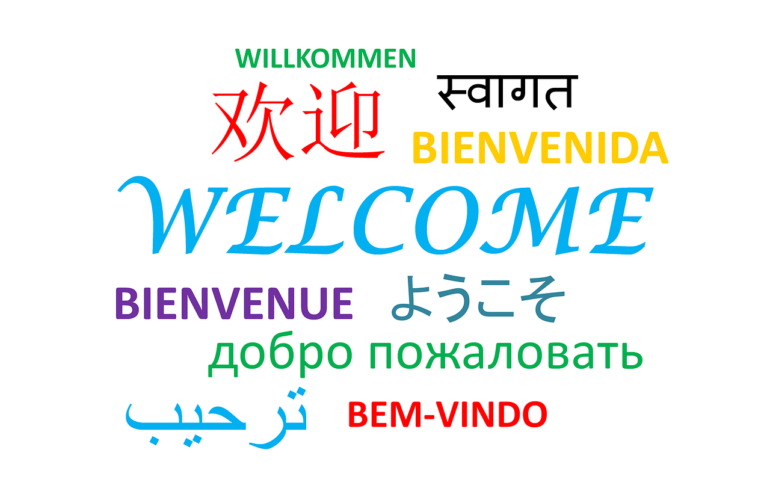WordPress is the most popular CMS (content management system) in the world right now, and its popularity is not about to drop anytime soon. In fact, it powers about 60% of all the sites online, all over the world, which is huge if we consider that the second-best CMS (Joomla) only works with 6.7% of the Internet.
But wait, why are we, a translation agency in London, talking about WordPress?
That’s because our specialists are also trained in website localisation and content translation. As such, their job is to adapt websites to other languages and cultures, by translating the text, message, and overall aspect of the pages.
As such, in order to edit the text and page templates, we also come in contact with the technical aspect of the site, or the control panel. Since we know the idea of translating an entire site can be a bit scary, especially if you are non-technical, we want to share a bit of our expertise and some of the tips we picked up while working with online businesses from various niches.
How to Go About Translating a WordPress Site?
There are two ways to translate a WordPress site:
- Use the services of a translation agency
- Use special plugins that do an automatic translation
Translate a WordPress Site through an Agency
If you want to make sure the translation is accurate and culturally-appropriate (localisation), it’s best to work with professional translators.
Our team, for instance, can guide you through the best ways to re-formulate your marketing message for a specific audience in a different language. This way, you easily avoid costly proofreading mistakes and get the upper hand on the competition.
Once you have your collaborators, you need to provide them access to your WordPress site using an editor account. It’s also best that you use a plugin to push the translation on the site and manage the languages (especially if you want a multilingual site).
We work with WPML (the WordPress Multilingual Plugin) and Polylang, but our collaborators are flexible and can easily accommodate a new posting system if you favour a different plugin. In the case of the ones we mentioned, they offer a wide array of benefits such as:
- Links between original and translated pages
- Page management in control panel
- Easy switch between languages
- SEO-oriented tools for translations
- User-friendly interface.
Translate a WordPress Site using Automated Plugins
If you’re not trying to increase sales or direct more traffic towards your site, you may be tempted to use a plugin that does the translation automatically. While you will find several options out there, the best one is GTranslate (because it uses Google Translate).
The plugin works in 103 languages, but the resulted translation won’t be accurate, grammatically correct, and there will be huge localisation issues. So, you may save some money in the short-term, but if you’re hoping to grow the site into a popular blog or an online business, automatic translation is not the way to go!
Wrap Up
Multilingual sites are important for companies that activate in different countries, and when the job is done right, they help bring more profit, views, improve awareness, and help businesses cater to a more diverse audience.
So, you shouldn’t ignore translating your content in other languages that may be relevant to your viewers. Furthermore, you should not ignore the quality of your translation because it is a crucial communication element!
